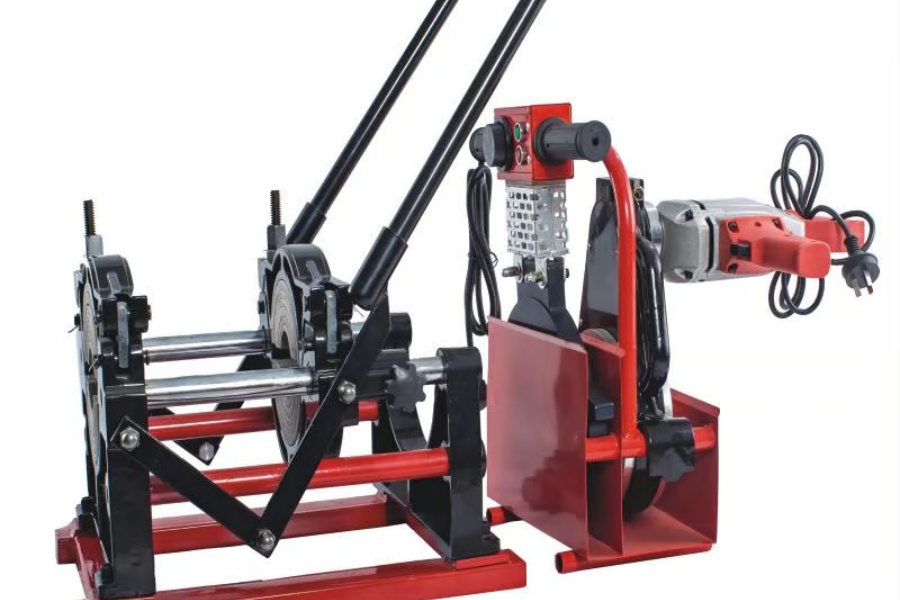The Basics: TIG and Rod Welding
Welding is an essential process for joining metals together. There are various types of welding techniques; TIG and rod welding are among the most popular. Both processes have their advantages and disadvantages and are used in various applications. So, What is the difference between TIG and rod welding?? Let's find out.
TIG Welding
Tungsten Inert Gas or TIG uses a non-consumable tungsten electrode to produce the weld. The welding arc is created by the high-frequency electric current that jumps across the gap between the electrode and the workpiece. The weld pool is then created by using a filler metal, usually a thin wire. The filler metal is added manually, which gives the welder better control over the process.
Rod Welding
Rod welding is also known as Shielded Metal Arc Welding (SMAW). The process uses a consumable electrode that melts to form the bond between the two metals. The electrode consists of a metal core and a flux coating. The flux creates a gas shield that protects the weld pool and prevents contamination.
The Key Differences
1. Control
TIG welders have more control over the process than rod welders. TIG welding produces a more precise weld due to the ability to control the heat input and the filler metal. This makes TIG welding a popular choice for welding thin materials, such as aluminum. On the other hand, rod welding is preferred for heavy welding jobs, where precision is not essential.
2. Speed
Rod welding is faster than TIG welding. The process is ideal for large welding jobs that require speed; the consumable electrode can be quickly replaced, which significantly reduces downtime compared to TIG welding.
3. Strength
Both TIG and rod welding produce strong welds; however, the strength of the weld is dependent on the skill of the welder. TIG welding produces more consistent welds due to the better control over the process.
4. Cleanliness
TIG welding produces a clean weld with minimal spatter and no slag. This makes it ideal for welding applications that demand a high level of cleanliness, such as aerospace and food industry. Rod welding produces more slag and spatter, which requires cleaning after the welding process.
5. Cost
TIG welding equipment is more expensive than rod welding equipment. TIG welding machines require more sophisticated equipment and a high degree of skill to operate. Rod welding equipment is relatively inexpensive and easy to operate, making it an attractive option for less skilled welders.
6. Weld Appearance
TIG welding produces a more appealing aesthetic weld with a small and precise bead. The welds produced by rod welding may not be aesthetically pleasing, depending on the skill level of the welder.
7. Applications
TIG welding is ideal for welding metals with thin sections, including aluminum, stainless steel, and other non-ferrous metals. Rod welding is mostly used to weld thick materials and is the preferred method for welding steel structures, farm equipment, and pipelines.
8. Safety
Both TIG and rod welding have safety risks, but TIG welding is safer due to the reduced risk of electric shock. Rod welding creates more fumes, which if inhaled, can be hazardous to the welder's health. Proper ventilation and the use of Personal Protective Equipment (PPE) is required for both processes.
9. Portability
Rod welding is more portable than TIG welding. The equipment is lighter, and the consumable electrode is easy to transport, making it an ideal choice for outdoor welding jobs. TIG welding machines require more power and are less portable than rod welding equipment.
10. Maintenance
TIG welding machines require more maintenance than rod welding machines. The tungsten electrode must be frequently changed and the gas lines frequently checked. In contrast, rod welding machines require little maintenance; only the electrode holder and cable require routine maintenance.
Conclusion
Both TIG and rod welding have their advantages and disadvantages, and the choice of the welding method depends on the specific welding requirements. TIG welding is the preferred method for welding thin sections of metal and applications that require a more precise weld. Rod welding is ideal for welding thick materials and for outdoor welding jobs that require portability.

